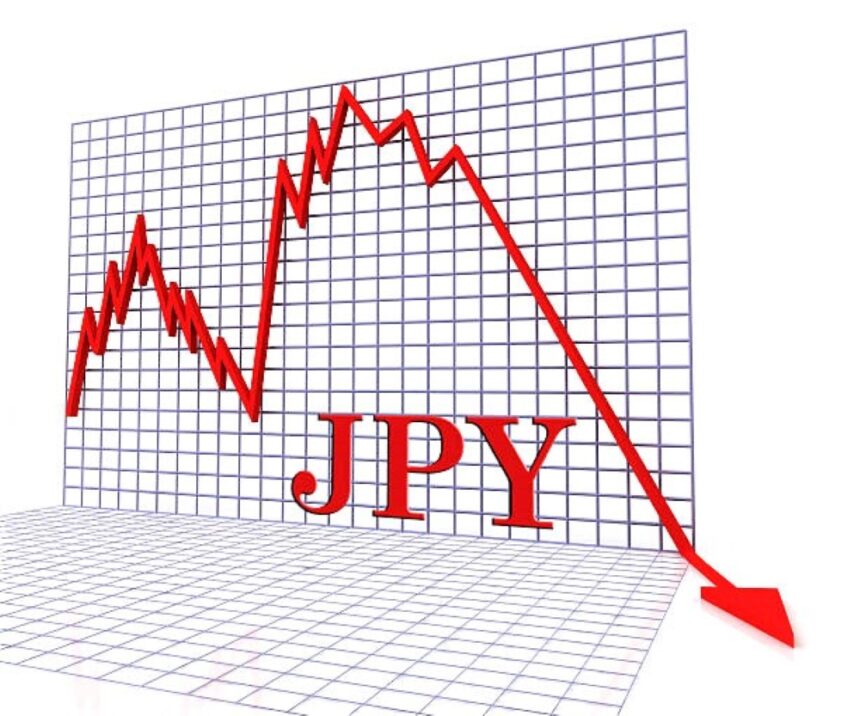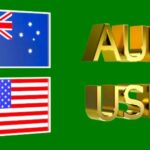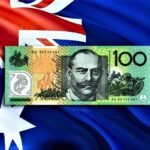The potential of government involvement provides some support for the Japanese yen.
The Japanese Yen (JPY) fails to capitalise on small Asian session advances. Hovering near a 34-year low against its American counterpart the previous day.
Diverged BoJ-Fed predictions and receding Middle East tensions have capped the safe-haven JPY.
The Bank of Japan (BoJ) has suggested that it is not in a hurry to normalize policy. Whereas the Federal Reserve (Fed) is expected to prolong interest rate cuts due to persistent inflation. This implies. That the gap in rates between the United States and Japan will remain broad. Which, combined with lower geopolitical tensions in the Middle East, continues to erode the safe-haven JPY.
The US Dollar (USD), on the other hand, is still well within striking distance of its best level since November. Which was established last week on hawkish Fed forecasts, and it appears. That another factor is working as a tailwind for the USDJPY pair. However, fresh warnings from Japanese officials against excessive currency market fluctuations prevent JPY bearish from initiating aggressive wagers.
Traders appear cautious ahead of major US macroeconomic data and the BoJ meeting later this week.
Investors also prefer to remain on the sidelines ahead of the Bank of Japan’s announcement on Friday. Which, together with crucial US macro data, should provide a fresh push to the pair.
Daily Market Movers: Japanese Yen bulls are uncommitted amid diverse. BoJ-Fed Policy Expectations.
Japan’s Finance Minister Shunichi Suzuki, along with other authorities, stated. That they are actively monitoring currency movements and will respond as needed, bringing some relief to the Japanese yen.
The flash PMIs provided by Japan on Tuesday showed. That overall business activity rose significantly at the start of the second quarter, yet this did nothing to impress the JPY bulls.
The au Jibun Bank Japan Manufacturing PMI rose from 48.2 to 49.9 in April, its highest reading since June 2023.
The services sector index rose to 54.6 in the reporting month from 54.1 in March, indicating that demand remained strong despite deterioration in other areas of the economy.
Following Following last month’s historic decision to cease the negative rate policy and Yield Curve Control (YCC) program. The Bank of Japan is anticipated to leave its short-term interest rate target unchanged on Friday.
Furthermore, the BoJ is expected to take a data-driven approach in determining the next interest rate hike, notwithstanding uncertainty about whether wage increases will expand and raise consumer prices.
Investors pushed back their estimates for the Federal Reserve’s first rate drop to September, reducing the number of rate cuts this year to less than two due to sticky inflation.
Furthermore, the recent hawkish views by FOMC members allow the US Dollar to stand tall near its best level since November, which was touched last week and acts as There is a tailwind for the USDJPY pair.
Traders now look to the flash US PMIs for some stimulus, but the focus remains on the Advance US Q1 GDP on Thursday and the Personal Consumption Expenditures (PCE) Price Index on Friday.









